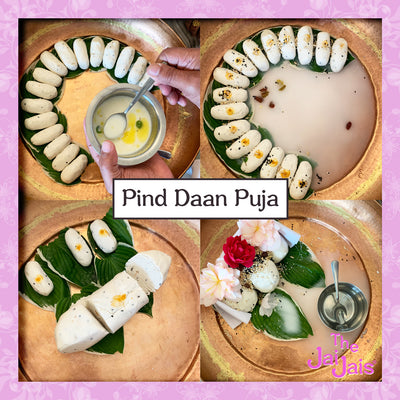When we sit down to do Jai Jais at home ever since I was little I would hear my mum call out, “Go and get the prashad Suni!”. Usually this would consist of some fruit. Usually our daily prashad in our house is fruit, my little one always says that, “Jai Jai fruit always tastes the sweetest!” When there is a religious festival like Mahashivratri, Navaratri and Diwali mum usually prepares something sweet, and we also place full thali’s of food for prashad.
So what actually is prashad and why do we offer prashad? What I knew and was told growing up is we feed the jai jais. What I have also learnt is just like we have our favourite foods, the deities also have their favourite offerings, which includes certain types of food, we all know that Lord Ganesh Loves his ladoos and modaks… he definitely has a sweet tooth!
“Prasada”, in Sanskrit, meaning “favour” or “grace“ is food and water offered to a deity during puja. It is believed that the deity partakes of and then returns the offering, thereby consecrating it. The offering is then distributed and eaten by the devotees. The blessing of the prashad comes from its having been touched by the deity.
It is believed that the lord is pleased even with the smallest offering with devotion and love. As Krishna says in the Bhagavad-Gita:
“Patram Pushpam Phalam Toyam Yo Me Bhaktya Prayacchati;
Tadaham Bhaktyupahritamasanami Prayatatmanah”
It means that the lord accepts it with a loving heart, a leaf, a flower, a fruit or even water whoever offers with devotion.
Food plays an important role in worship, and the food offered to the deities is thought to bestow considerable religious merit, purifying body, mind and spirit. Prashad can be better called as the sacred food that is to be offered to our deities. It is important for the prashad to be Satvik to maintain its sanctity and therefore it remains positive. Going by the belief, consumption of Prasad will elicit positive vibrations.












